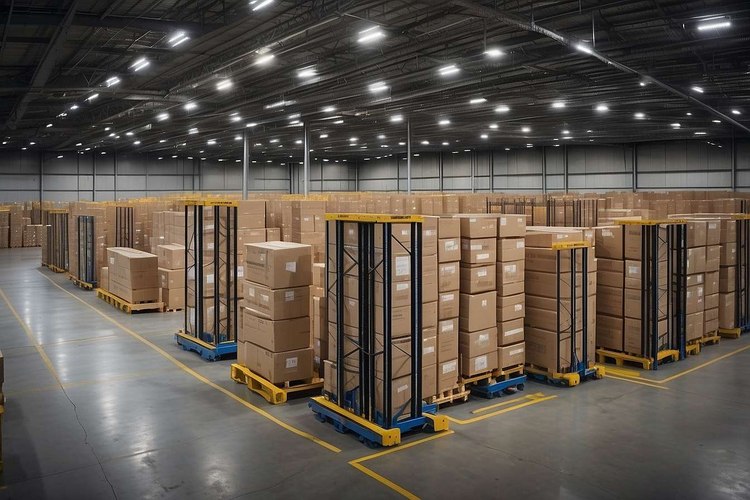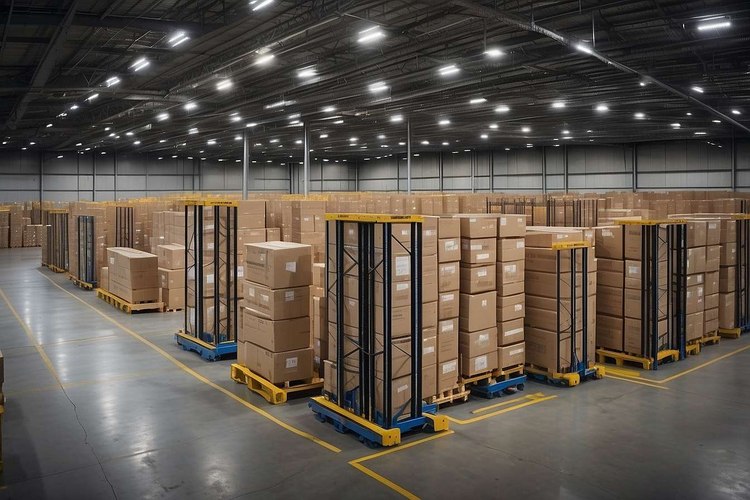Packing Jobs at Home: Tasks, Setup, and Sensible Guidelines
Working as a home-based packing associate offers flexibility for individuals seeking alternative employment options. This role involves preparing products for shipment, organizing inventory, and ensuring items reach their destination safely. Unlike traditional warehouse positions, home packing jobs allow workers to complete tasks within their own space according to established guidelines from contracting companies. This article provides information about home-based packing work processes, setup requirements, and important considerations for those interested in understanding this type of work arrangement.

What Does a Typical At-Home Packing Workflow Look Like?
The home packing process typically begins when a service provider delivers materials to your designated workspace. These deliveries usually occur on a scheduled basis—weekly, bi-weekly, or monthly depending on the company’s needs and your agreement. Once materials arrive, you’ll typically need to verify the received inventory against a provided manifest or digital checklist, confirming all expected components are present.
The core packing work involves organizing products according to specifications, placing items in appropriate packaging, adding protective materials like bubble wrap or air pillows, and securing packages for transport. After completing a batch of packages, you’ll need to prepare them for collection by applying shipping labels and organizing them for pickup. Most companies require home packers to work within specific timeframes, completing assigned workloads by predetermined deadlines to maintain shipping schedules.
Simple Quality Checks to Reduce Packing Errors
Implementing basic quality control measures helps minimize common packing mistakes. Before sealing any package, verify the contents against order sheets to prevent missing items—a simple checklist system often works effectively. Inspect each product for visible damage before packaging, as sending damaged goods creates customer service issues and potential returns.
Examine packaging materials for defects that might compromise protection during transit—torn boxes, damaged bubble wrap, or insufficient padding materials should be replaced. Double-check all shipping labels for accuracy, ensuring barcodes are scannable and address information is complete and legible. Some companies provide quality control checklists specific to their products; following these guidelines consistently helps maintain standards. Establishing a personal system of verification points throughout your workflow can significantly reduce error rates.
Basic Workspace Setup for Home Packing Jobs
Creating an effective home packing station requires thoughtful organization and proper equipment. At minimum, you’ll need a dedicated table or counter with sufficient surface area for handling products and packaging materials. Storage solutions like shelving, plastic bins, or rolling carts help keep supplies organized and accessible. Essential tools typically include scissors, tape dispensers, measuring tools, and label printers if provided by the company.
Ergonomic considerations are crucial for preventing strain during repetitive tasks. Your work surface should be at a comfortable height to avoid back strain, and seating should provide proper support if tasks involve sitting. Adequate lighting is essential for accuracy when reading instructions and inspecting products. Maintaining a clean workspace not only supports efficiency but also protects products from damage or contamination. Depending on the materials handled, you might need additional items like disposable gloves, dust masks, or specialized tools specific to the products being packed.
How to Track Parcels and Coordinate Pickups
Effective package tracking begins with proper documentation of each completed order. Most companies provide standardized labeling systems—this might involve pre-printed shipping labels, QR codes, or barcodes that link to their internal tracking systems. Maintaining organized records of completed packages is essential, whether through company-provided software or simple spreadsheets that log order numbers and completion dates.
Coordination with pickup services requires clear communication about package quantities and readiness. Companies typically establish regular pickup schedules, but you’ll need to confirm when your packages are ready for collection. Some operations require uploading completion reports before scheduling pickups, while others work on predetermined schedules. Having a designated area for completed packages helps streamline the handoff process. Proper documentation at this stage prevents disputes about completed work and ensures accurate payment for your services.
Questions to Confirm with a Packing Service Provider
Before committing to home packing work, clarify several key points with potential service providers. Understand expected volume requirements—how many units must be completed daily or weekly, and whether these quotas are flexible or strict. Confirm which materials and equipment will be supplied by the company versus what you must provide yourself, as this affects your startup costs.
Request detailed information about quality standards and performance metrics used to evaluate your work. Understanding how errors are handled and whether there are financial penalties for mistakes is important. Clarify payment structures, including rates (per piece or hourly), payment schedules, and whether compensation covers material handling time or only completed packages. Ask about reporting requirements—whether you need to submit daily logs, use specialized software, or provide other documentation of your work. Understanding communication channels for addressing questions or reporting issues is also essential for smooth operations.
General Information About Home Packing Compensation
Compensation for home-based packing work varies widely depending on the company, complexity of packaging tasks, and volume requirements. Most operations pay either per completed package or hourly rates for scheduled work periods.
| Compensation Structure | Typical Range | Factors Affecting Rates |
|---|---|---|
| Per-piece payment | $0.50-$3.00 per package | Complexity, materials required, size of items |
| Hourly payment | $11-$18 per hour | Experience level, region, company size |
| Weekly contracts | $350-$700 per week | Volume commitments, specialization required |
Prices, rates, or cost estimates mentioned in this article are based on the latest available information but may change over time. Independent research is advised before making financial decisions.
It’s important to note that home packing work often requires consistent availability and the ability to meet deadlines. Some contracts may have minimum weekly output requirements that affect overall compensation. Additionally, most home packing arrangements are classified as independent contractor positions rather than traditional employment, meaning workers are responsible for their own taxes and do not receive traditional employment benefits.
Home-based packing jobs represent one option among many flexible work arrangements. Understanding the practical aspects of the workflow, required setup, and quality expectations helps individuals determine whether this type of work aligns with their skills and home environment. By establishing clear communication with service providers and implementing organized systems from the start, home packers can create efficient operations that meet company standards while maintaining work-life balance within their personal space.




